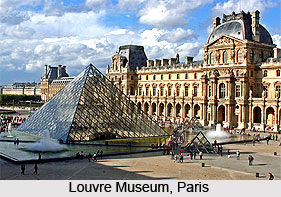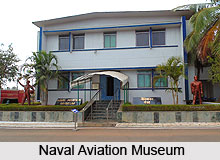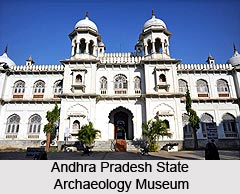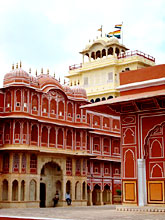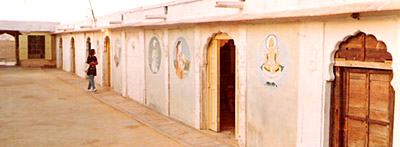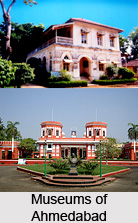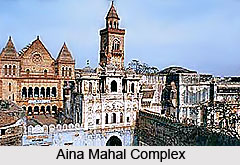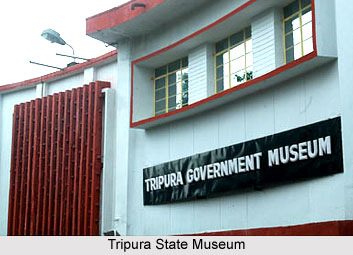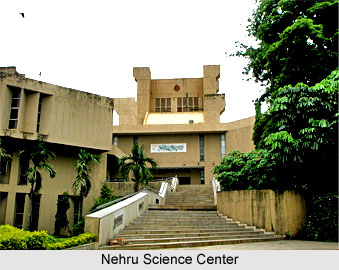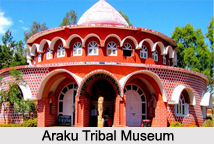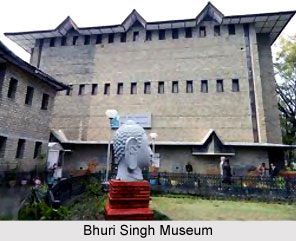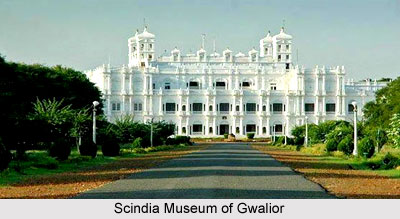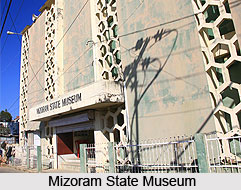 The Mizoram State Museum is located in Mizoram, a north eastern state of India. More specifically, this museum is situated in the heart of the capital city of Mizoram called Aizawl, in Bawlhmun, Macdonald Hill, Zarkawt. This museum can be defined as a multipurpose and ethnological museum of Mizoram. This museum is considered to be the most sought after tourism product of Aizawl. A visit to this museum will familiarize a person with the anthropological history and past glories of the state of Mizoram.
The Mizoram State Museum is located in Mizoram, a north eastern state of India. More specifically, this museum is situated in the heart of the capital city of Mizoram called Aizawl, in Bawlhmun, Macdonald Hill, Zarkawt. This museum can be defined as a multipurpose and ethnological museum of Mizoram. This museum is considered to be the most sought after tourism product of Aizawl. A visit to this museum will familiarize a person with the anthropological history and past glories of the state of Mizoram.
History of Mizoram State Museum
The Mizoram State Museum was established in April, 1977. The Tribal Research Institute under the Education Department is credited with the birth of this museum. The Art and Culture Department was later given the responsibility of handling this museum in 1989. This museum commenced the display of historical relics of the state in a rented house. Later on July, 1990, the occupants of the museum were housed in a separate building.
Managing Body of Mizoram State Museum
The Mizoram State Museum is headed by the Museum Curator. The various assistants of the museum are Technical Assistant, Taxidermist, Photographer, Museum Assistant, Counter Attendant and Gallery Attendants. The museum also has clerical staffs.
Architectural Design of Mizoram State Museum
The Mizoram State Museum is a building with 4 floors and has six galleries. These galleries are adorned with multiple relics of the past. The left of this Museum is occupied by the Missionary Tomb and its right side is occupied by the teacher"s Inn.
Galleries and Exhibits of Mizoram State Museum
The six galleries of the Mizoram State Museum are named according to the type of artifacts preserved in them. They are the Textile gallery, Archaelogical gallery, Ethnological gallery, History gallery, Anthropology gallery and Zoological or Natural History gallery. As per estimations, more than 2500 objects are housed in this museum.
Textiles Gallery
The Textiles gallery is located on the top floor of the museum building. This gallery houses the traditional costumes of the people of Mizoram. More specifically, simple leaf-woven wears to dresses with well defined embroidery on them are successfully protected in this museum. Some of these costumes are Pawnpui (which is the Mizo Blanket made of raw cotton) and Hmaram (which is made of indigo dye). A visit to this gallery will also acquaint a person with the festive clothing of the Mizo people. These festive costumes are displayed using full size-model of man and woman. The exhibits of this gallery are considered to be most admired by the visitors.
Archeological Gallery
The Archeological Gallery is located on either side of the top floor terrace. This gallery is dedicated to archeological excavations, minerals and stones found in Mizoram. Some of these archeological objects are the edict of Maharaja Chandra Kirti Singh (1850 - 1886 AD) and the polished stone from Zamuang village.
Ethnological Gallery
The Ethnological gallery is located on the first floor from the entrance. This gallery represents the material culture of the Mizo. This material culture is in turn represented by traditional art and objects like fiber art, hunting implements and weaponry, household materials like utensils and distinctive musical instruments. In this context, it is important to note that music has been a vital part of the lives of the Mizo"s. Soulful choral singing defines them and has made them known elsewhere for this very reason. This gallery is also a home to objects related to beautification of self. They are Vakiria, Tangkathi, Thimkual and Thihna. Vakiria is the headdress for women, Tangkathi is the necklace made of silver coins, Thimkual is the term used for metal hair pins and the necklace made of amber or precious breads, adorning Mizo girls is called the Thihna. Weaponry comprises of Tawlhlohpuan (never turning back), which used to be worn by the fighter when battling against enemies or wild animals, until his life ended in the battle.
History Gallery
The History Gallery is located on the ground floor, left of the entrance. Paintings and photographs of prominent Mizo personalities are housed in the museum. These personalities were the singers and composers and developers of Mizo literature of earlier times. This gallery is dedicated to paintings and photographs of some historical places, stone implements and archeological objects. This gallery also highlights the contribution of Christianity in changing the face of Mizoram.
Anthropology Gallery
Anthropology Gallery is also located on the ground floor, right of the entrance. A variety of ancient Mizo objects are preserved in this gallery. Some of these are necklaces (like the Chhingpuii"s necklace), brass bangle, headgears and smoking pipes made of Tuibur and Vaibel bamboo. The mizo women used Tuibur bamboo made smoking pipes, whereas the mizo men used Vaibel bamboo made smoking pipes. Other objects are Thawmvunga"s sword, who is known as a legendary warrior, chief Vanhnuailiana"s twin nicotine water containers, Tuiburum (a small gourd container used for nicotine water), cane and bamboo made household materials, treasure boxes or baskets like the Emping (well knitted basket) and Paikawng (loose knitted basket used for carrying jhum products). Apart from these objects, models of Mizo houses (like the common house and chief"s house), dormitories for males and females and a typical Mizo Zawlbuk enriches the Anthropology gallery.
Zoological or Natural History Gallery
The Zoological or Natural History gallery is located down floor from the entrance. This gallery is dedicated to the flora and fauna of Mizoram. In this context, it is important to note that the forest clad mountains of Mizoram are diverse in terms flora and fauna. This state is a home to mammals, reptilians, avian specimens, deer, tigers, wild pigs, leopards, wild buffalos, domesticated mithuns and birds. Snares (trapping devices) used to catch birds and animals are also displayed in this gallery.
Development of Mizoram State Museum
Indian Museum of Kolkata acting as a nodal agency of the Government of India, Department of Culture, aimed at development of museums in the north eastern states of India. One such museum is Mizoram State Museum. Under the supervision of the Indian Museum, Kolkata, the galleries of Mizoram State Museum were upgraded and modernized. The improvisation process of all the galleries was completed by the year, 2008.
Visiting Information
The period between October and March is generally considered to be the best time to plan a tour to Mizoram State Museum. The nearest airport to Mizoram State Museum is Lengpui Airport in Aizawl. The State museum is within 200 meters from the main road traversing Aizawl City. Mizoram State Museum is reachable from two points namely, Zarkawt Traffic point and Chandmary Church point. From Chanmari Church Point it is advised to take the road going uphill. The main entry is on the upper road facing Government Higher Secondary School playground. The museum is located on the opposite side of this Secondary School playground. Behind the building, entrance from the down road is only available to the administrative personnel and those who visit the museum for official works.
Related Articles:
Indian State Museums
Museums of Mizoram
Museums Of Tamil Nadu
Museums of Uttar Pradesh
Museums of Karnataka
Museums of Madhya Pradesh
Museums of Gujarat
Museums of Andhra Pradesh
Museums Of Assam
